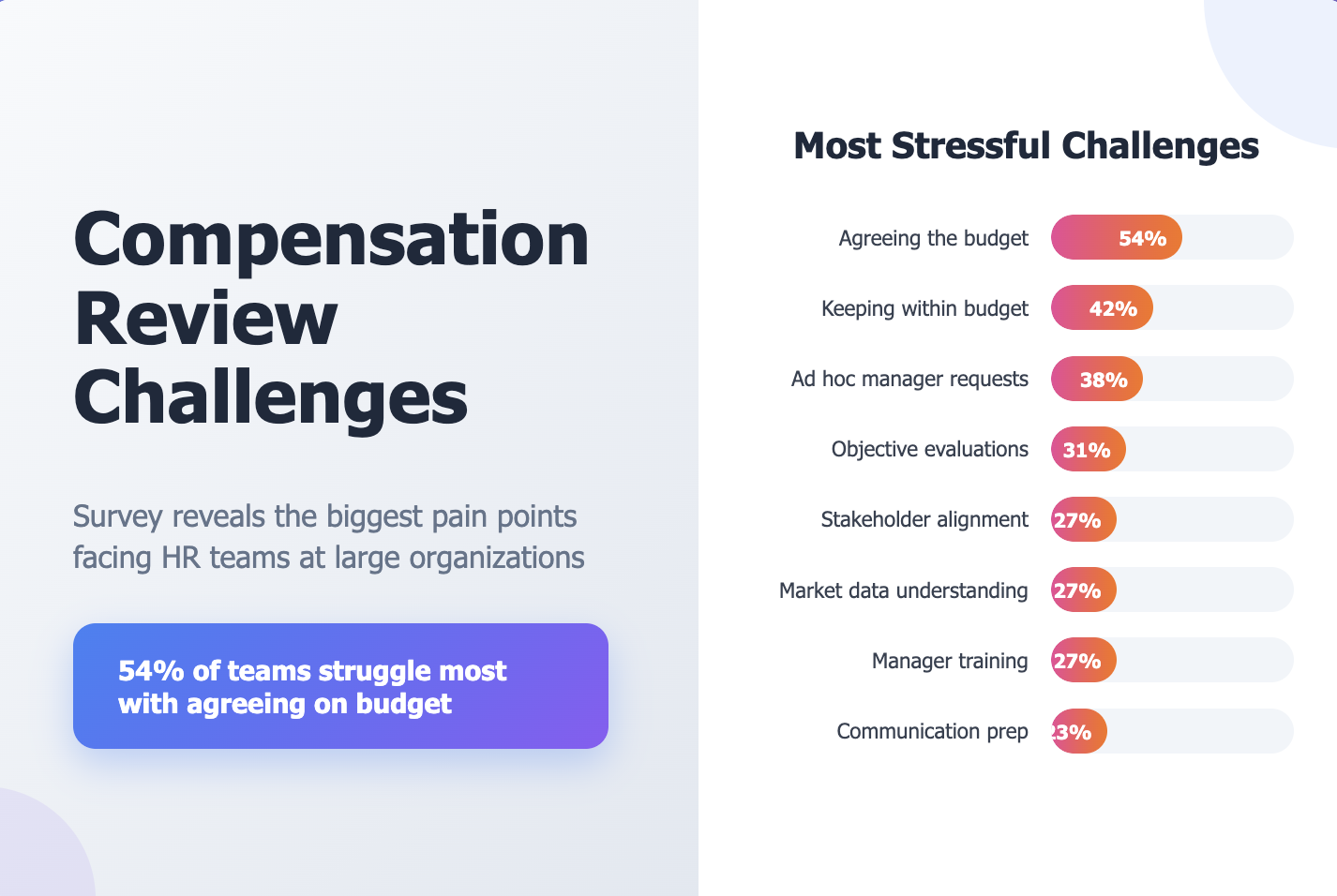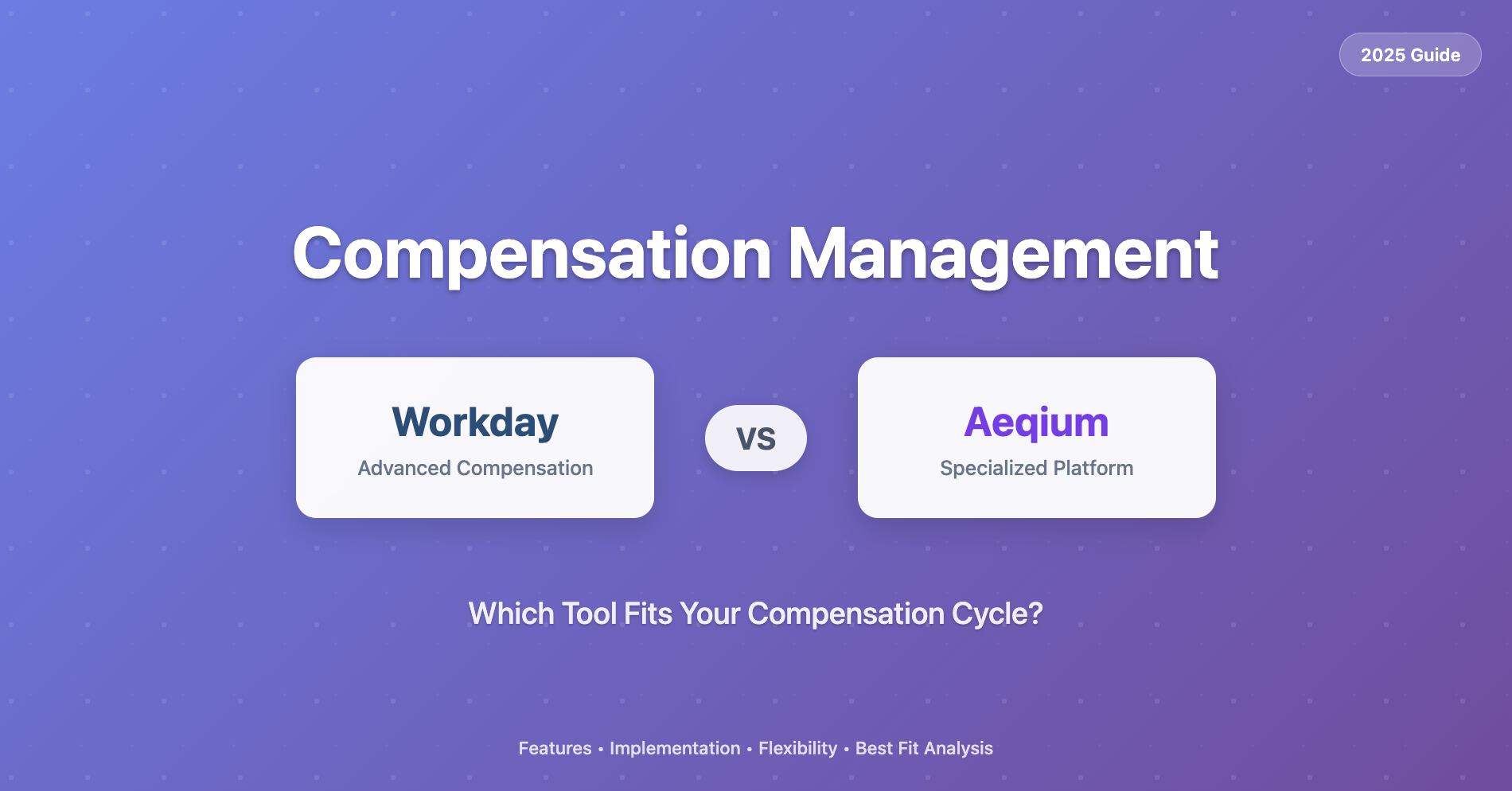Stripe's New Valuation, and the Private Company Equity Crunch

Stripe just announced a new round of funding priced at $50B – an eye-popping valuation to be sure, but roughly half of what they had last raised in March of 2021 at the peak of the market.
Unlike other rounds, this financing will help Stripe ensure that employees are able to recoup the value that they deserve from their equity (Stripe's earliest employees have stock options that are set to expire). This isn’t a distressed round intended to buoy a struggling company, unlike many fundraises that we’re likely to see in the future as the macroeconomic environment deteriorates.
It is, however, a down round – an instance in which a company raises new capital at a lower value than their last valuation. This tends to cause some reputational damage as it can signify changing company fortunes, and causes significant dilution to past shareholders who invested at a higher valuation.
But more importantly, Stripe’s willingness to accept a down round signifies a clear recognition about the state of the market. Many private companies’ true valuations are lower than their last rounds – in many cases, much lower. This has significant implications for companies across the tech ecosystem.
What’s Going on In Private Tech Valuations
A series of events happened in the last few years that created a valuation disconnect in private companies. As interest rates fell during the Covid crisis and its aftermath, tech valuations ballooned up far past what they were in the past:
While valuations were skyrocketing, private companies took advantage of the moment and raised new rounds of funding in order to build their massive warchests. Growth stage companies with tens to hundreds of millions of dollars in revenue (or more) raised at ever higher multiples.
All of this worked fine until the market turned. A company that was valued at $10 billion in 2021 might be worth $5 billion today; a company that was valued at $1 billion might be worth just $200 million. In more extreme cases, companies raised funding with a strong team and market opportunity but without a truly compelling product or business model – a company valued at $250 million might be worth something closer to $0.
This market reset impacted all companies – large and small, public and private. But the effects disproportionately impact late stage private companies. Public companies’ valuations are re-evaluated multiple times per second, while private companies’ valuations are only re-evaluated when they raise funds. And late stage private companies tended to see the largest markups in absolute terms – a Seed stage company might have been overvalued by $20 million versus normal expectations, but a Growth stage company might be overvalued by billions.
This has a number of different implications for companies across the ecosystem.
What to Do About the Private Tech Valuation Crunch
If You Aren’t Impacted: Make Strategic Hires
Because of the tech valuation reset, it’s a great time to hire from private Growth stage technology companies. Employees who are sitting on significant amounts of paper equity are beginning to question whether it will ever be worth the amounts that they were hoping for.
In even more extreme cases, some companies raised tens or even hundreds of millions of dollars without true product/market fit. In hot sectors such as developer tools, database technology, or (of course) crypto / web3, huge amounts of funding was available to companies at sky-high valuations, even if they hadn’t yet proven product/market fit.
Whether they had viable business models and were just overvalued versus today, or never had a business at all, many of these companies issued lucrative compensation packages and were able to attract top-tier talent looking for more leadership opportunities from companies such as Alphabet and Meta. Since these valuations wouldn’t hold up to scrutiny today, many of these industry veterans are open to move to companies whose valuations have been reset and de-risked. If you’re looking to hire a very strong senior leader, now might be a great time to look.
If You Are Impacted: Retain Your Team
If you raised at a $2 billion valuation but could likely only raise at $1 billion today, you’re in a much tougher spot. Members of your team are now likely getting paid significantly less than market rates, and you’re in danger of regrettable attrition.
There are several options that you might have as a private company whose last round equity is significantly underwater.
For longer-tenured employees, falling valuations might not be that big a deal. Startup equity is never guaranteed and you should expect that employees can generally tolerate some volatility. If you received your equity at a valuation of $100 million and the company is now worth $500 million, it might not be that big a deal if the valuation was even higher in-between.
For employees with Restricted Stock Units (RSUs), the story is better. These employees are making a bit less than expected – potentially even marginally less than market rates for new hires – but ultimately startups are risky and some amount of volatility is expected. A range of outcomes can work here, ranging from modest additional grants to simply waiting.
For other employees, equity grants might be far below market rates. This is particularly relevant for stock options: For example, it wouldn’t be unusual to see a company that had issued stock options with a strike price of $20 whose stock is likely worth less than $10. In this scenario, companies have a few different choices, all of which have tradeoffs.
First, companies can cancel and reissue new stock options or issue RSUs. This is in many ways the simplest solution: If your options were $20 and your valuation was cut in half, reissue them at half the price (note that there are many important nuances here because option strike prices are based upon a company’s 409A valuation, not what it was priced at in a venture round). However, this brings significant potential tax implications for both the company and employees.
Next, companies can grant additional stock grants in the form of options or RSUs. This strategy can provide the best of both worlds to employees, because they retain all of the upside of their original grants if share prices recover. This strategy does incur additional dilution, however, increasing the company’s total expense line due to increases in Stock Based Compensation (SBC). SBC is increasingly coming under scrutiny from investors:
Finally, companies can also provide cash incentives such as bonuses to bridge the gap between employees’ total compensation and their market rates. This is also a straightforward solution – you’re just spending cash – but needs to be handled with care. Equity that vests is intended to be forward looking – employees need to stick around to earn more. A one-time bonus to true-up employees’ total compensation is inherently backwards-looking. Once the bonus has been given, the employee doesn’t have incentive to stick around. In some cases, companies have given out bonuses to make up for falling valuations, only for employees to turn around walk out the door.
Conclusion
The rapid shift in startup and tech company valuations in the last two years has caused a wide range of downstream impacts. For companies with huge paper valuations to grow into, there are significant team retention risks that need to be addressed, and for companies whose valuations are more realistic (whether because they’re earlier stage, much later stage public companies, or simply have the business performance to warrant their last round’s price) there are huge opportunities.
In all of these circumstances, modeling the total compensation that employees are earning on an ongoing basis is key for decision-making. Aeqium is here to help as our compensation management platform can help you to model employees’ total comp under a variety of scenarios, including when they have a mix of Incentive and Non-qualifying stock options, and Restricted Stock Units.




